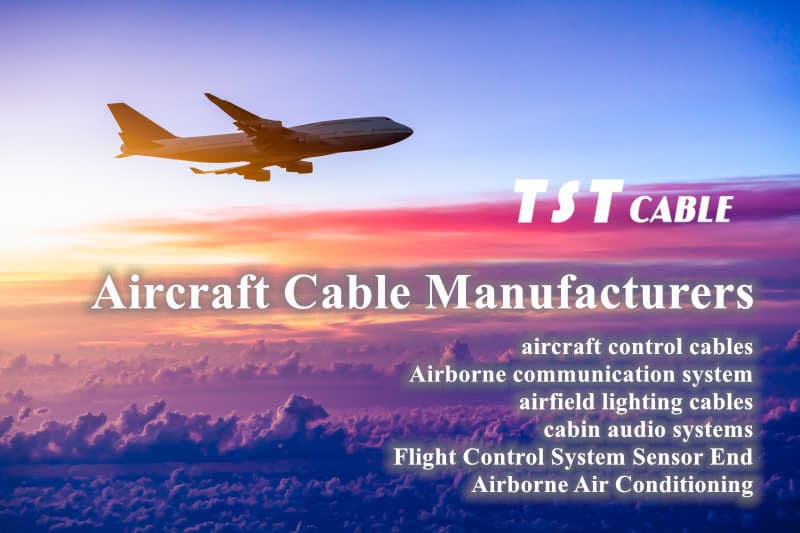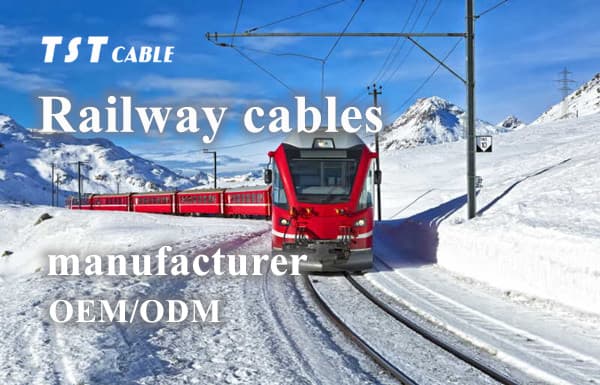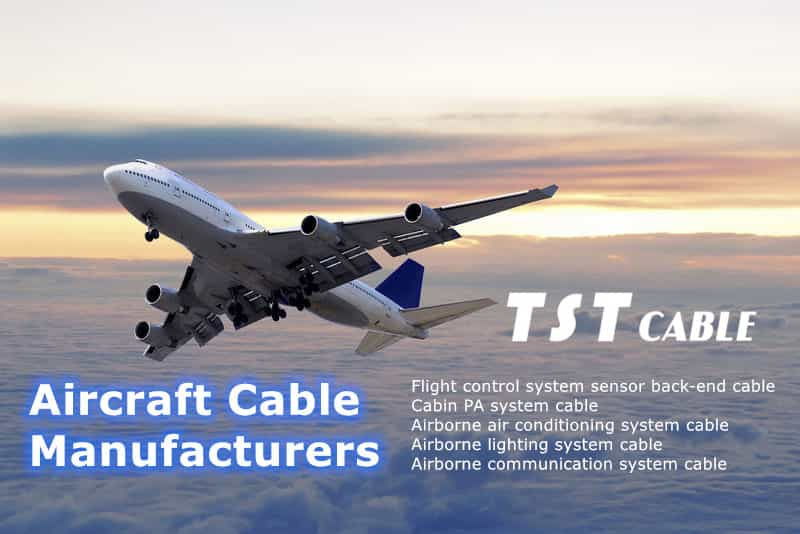Fiber optic cable is a high-bandwidth, low-loss communication cable for transmitting optical signals, which has become a key technology in the field of modern communication and data transmission.TST CABLES fiber optic cables utilize the reflective properties of light to transmit information through fiber optic cores, which replaces the traditional cable wires and offers many advantages, including high-speed transmission, anti-interference, long-distance transmission, and so on.

The following is a detailed introduction about the main features and components of TST CABLES fiber optic cable:
I. Aviation fiber optic cable structure and components:
1.Fiber optic core wire: This is the core part of the fiber optic cable, which is a very fine glass or plastic fiber wire. Optical signals are transmitted through the fiber optic core.
- Fiber optic cladding: the cladding surrounds the outside of the fiber optic core and has a low refractive index, which helps to keep the optical signal reflected inside the fiber.
- Sheath: The outer sheath is the external protective layer of the fiber optic cable, used to prevent physical damage, moisture and other environmental factors on the fiber.
Second, aviation fiber optic cable working principle:
- The working principle of fiber optic cable is based on total internal reflection. When the optical signal is shot from the fiber core into the cladding, due to the low refractive index of the cladding, the optical signal will be reflected many times within the fiber, thus transmitting the signal. This reflection phenomenon allows the optical signal to propagate through the fiber at an extremely high speed.
Third, TST CABLE Aviation Fiber Optic Cable advantages:
- High bandwidth: Fiber optic cable has a very high bandwidth, which can transmit large amounts of data, suitable for high-definition video, large file transfer and Internet applications.
- Low loss: optical signal loss in the transmission process is very small, allowing long-distance transmission.
- Anti-electromagnetic interference: optical fiber is not affected by electromagnetic interference, so the signal quality is more stable.
- Security: Since the optical signal will not radiate out of the fiber, it is difficult to be eavesdropped, so it is widely used in safety-sensitive applications.
Fourth, aviation fiber optic cable application areas:
- Communication network: fiber optic cable is the main transmission medium for telephone, Internet and television communications.
- Data center: data centers use fiber optic cables to connect servers and storage devices to achieve high-speed data transmission.
- Medical: Fiber optic cables are used in the transmission of medical equipment and medical images to ensure high quality data transmission.
- Aerospace: Fiber optic cables are used for data transmission and communication in aviation and aerospace applications.
- Military applications: Fiber optic cables are also widely used in military communications and radar systems.
Fiber optic cable is a high-performance communication and data transmission medium, has been widely used in a variety of fields, its high bandwidth, low loss, anti-jamming ability and security make it the primary choice for modern communication and data transmission.
TST CABLES aircraft communication system cable solutions are characterized by excellent electrical performance, environmental adaptability and lightweight design to meet the high demands placed on cables in the aerospace field. Through professional selection, installation and maintenance services, TST CABLES is able to provide customers with reliable and efficient cable solutions to promote the continuous development and progress of aviation.
Also available in:
English



